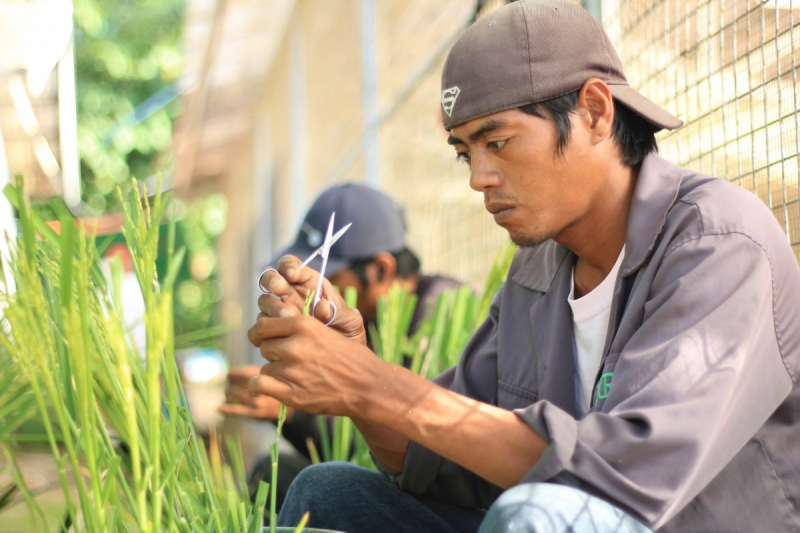




Some regions, being unable to produce their own crops, import food from other parts of the world. Some regions, gifted with desirable geographical structure and climate conducive for farming, are able to produce their own food. Some regions, having more than enough to sustain themselves, can even export some of their crops.
But the Lower Mekong Region (LMR) presents a rather ironic case.
While most of its countries’ lands are cultivated to yield food, a big chunk of its population still suffers from malign hunger and undernourishment.
This unfortunate reality puts forward the need for the LMR scientific community to reconsider its approaches in farming. Driven by the need to improve agricultural productivity in the region, LMR countries had since started to shift from traditional subsistence to modern commercial farming methods. This is where crop biotechnology – an innovation with great potential to boost the lifeblood of the agricultural sector – was introduced.
Crop biotechnology, a collection of scientific techniques used to improve plant quality and increase agricultural productivity, is regarded as a breakthrough due to its promise of enhancing food production. It is perceived to answer the worsening global dilemma of food insecurity.
Posing the Gap
However, research and application of crop biotechnology in the LMR has yet to develop. The convergence of several factors, such as poor modern farming know-how and lack of government funding, among others, hindered the advancement of crop biotechnology in the LMR.
This lack of progress in crop biotechnology presents a significant hurdle for LMR countries’ economic development. The status of agriculture in less developed countries under the LMR may be negatively affected due to advancements in crop biotechnology in neighbouring countries, such as India and the People’s Republic of China – countries that potentially bring cheaper and better-quality products in the Asian and international market.
Addressing the Need
Economic progress in LMR countries could be hampered unless support is provided to overcome technological deficiencies, lack of human resource competency, and lack of effective policies supporting crop biotechnology and other modern agricultural practices in the region.
This, then, necessitates identifying priority initiatives that would help promote the use of crop biotechnology in the LMR.
According to an assessment report from the Asian Development Bank in 2003, one of these is information dissemination regarding the benefits and risks of adopting crop biotechnology. This may be attained through local and international workshops with support from reputable international institutions.
Another is the development of sound crop biotechnology policies in each of the countries through the help of international experts.
Cost-effective agricultural research infrastructure could likewise be developed in each country in the LMR. This may include establishing a center for excellence in agriculture in every country, so that it becomes a catalyst in promoting crop biotechnology.
Human resource development in research and communication may also be prioritized, as well as the establishment of healthy cooperation among regions.
Finally, countries in the LMR could request funding from local and international institutions in research and extension projects about crop biotechnology.
With these targets in mind and a group of committed people pushing for crop biotechnology development, there is no doubt that someday, every family in the LMR would have enough food on their plates, and hunger would no longer be a looming threat.